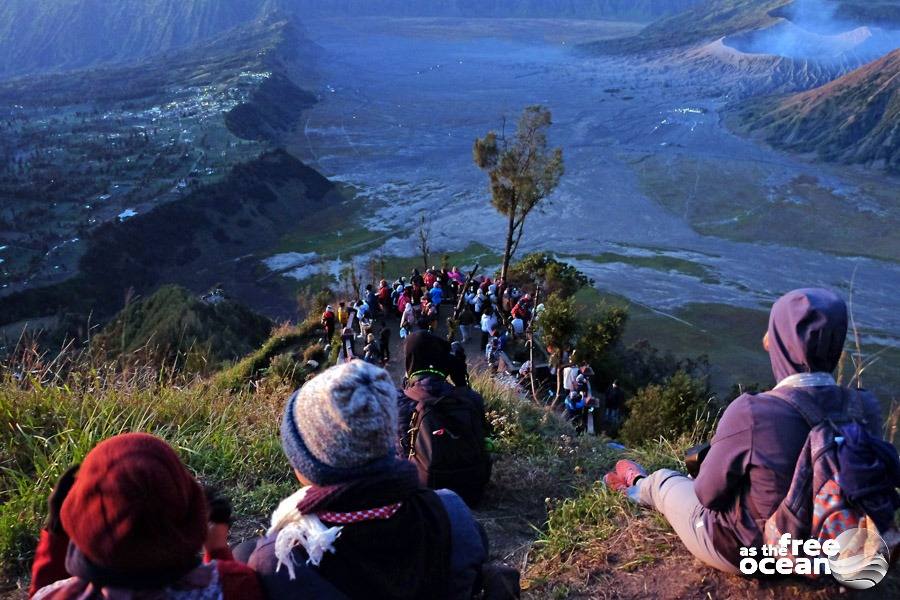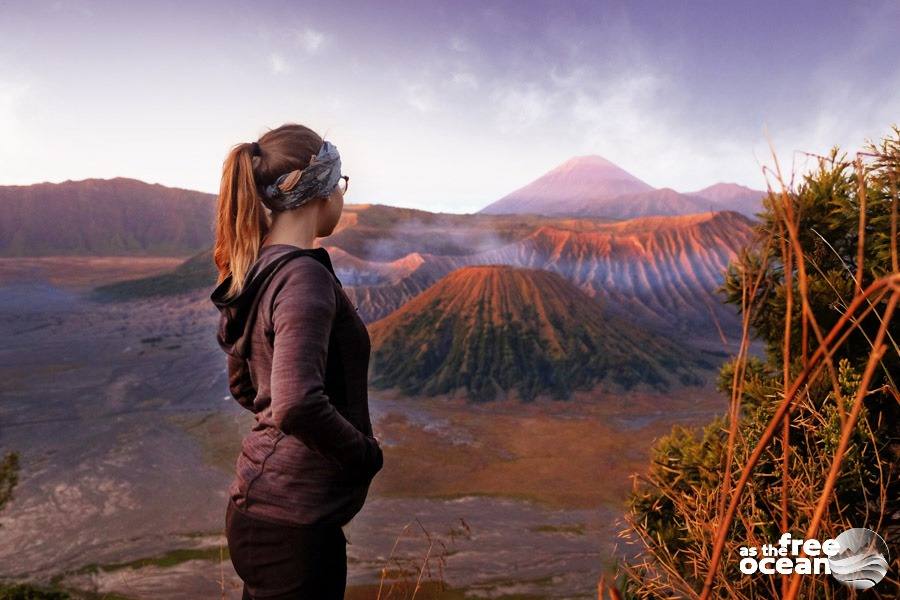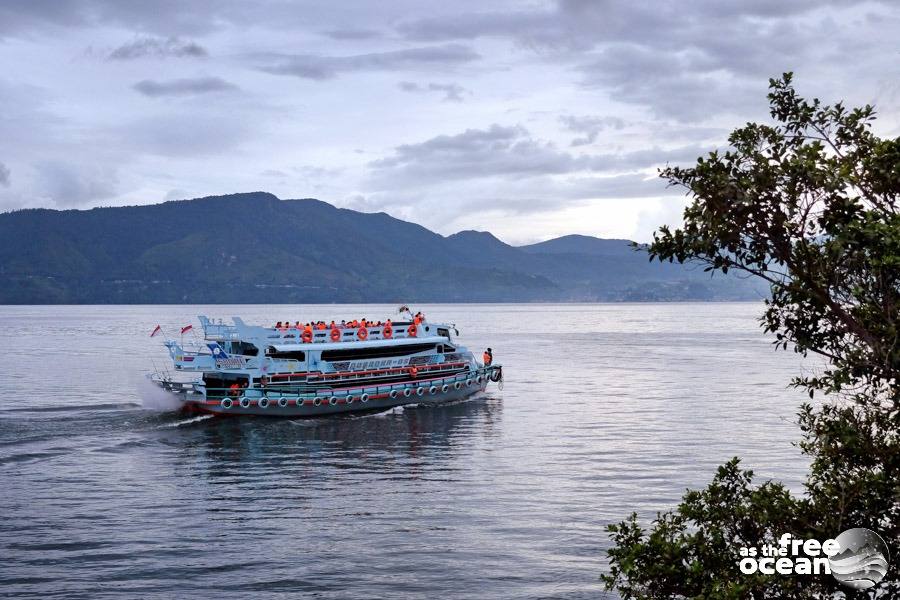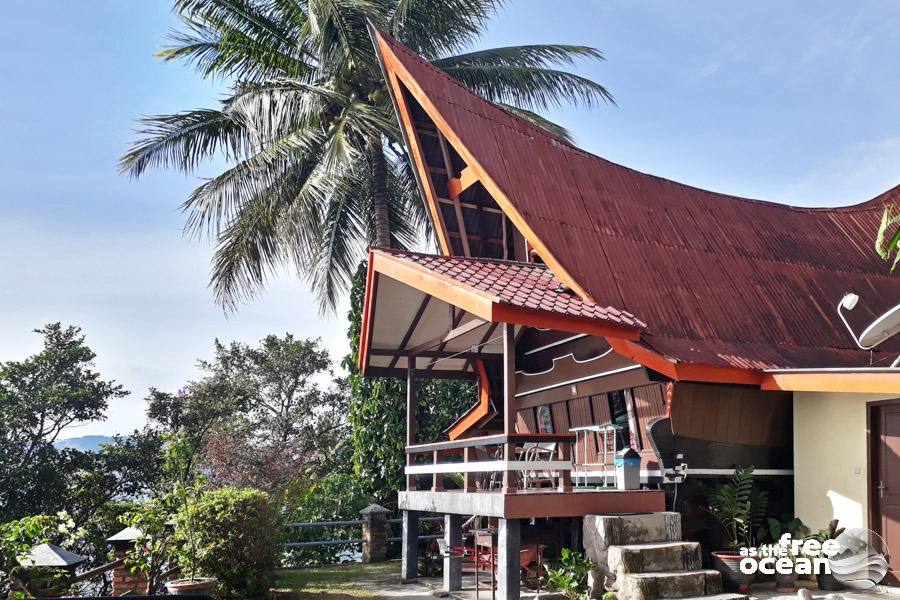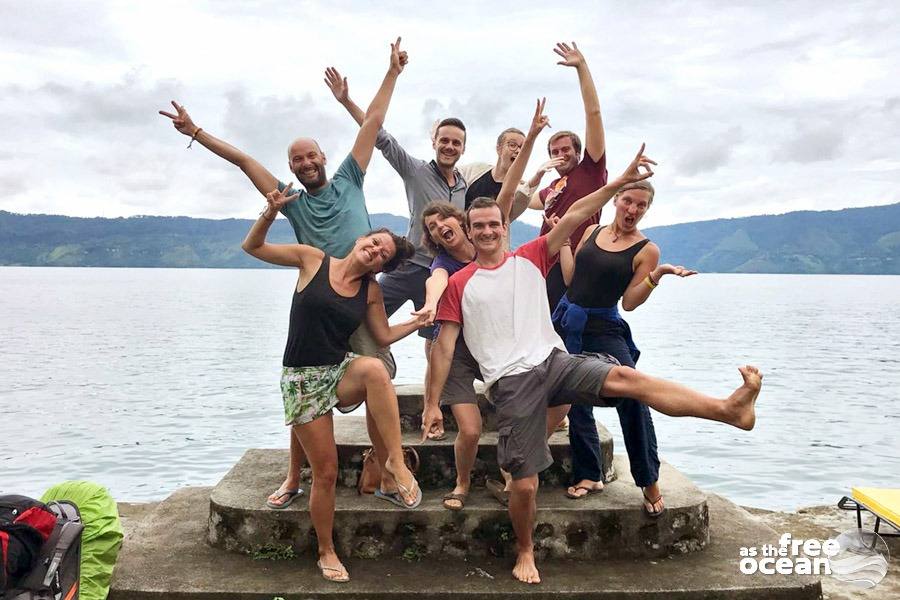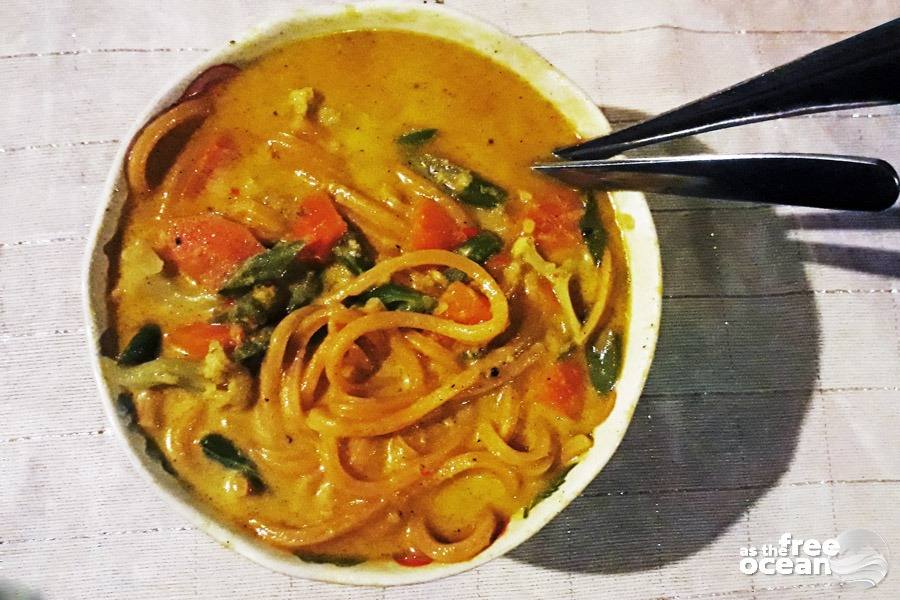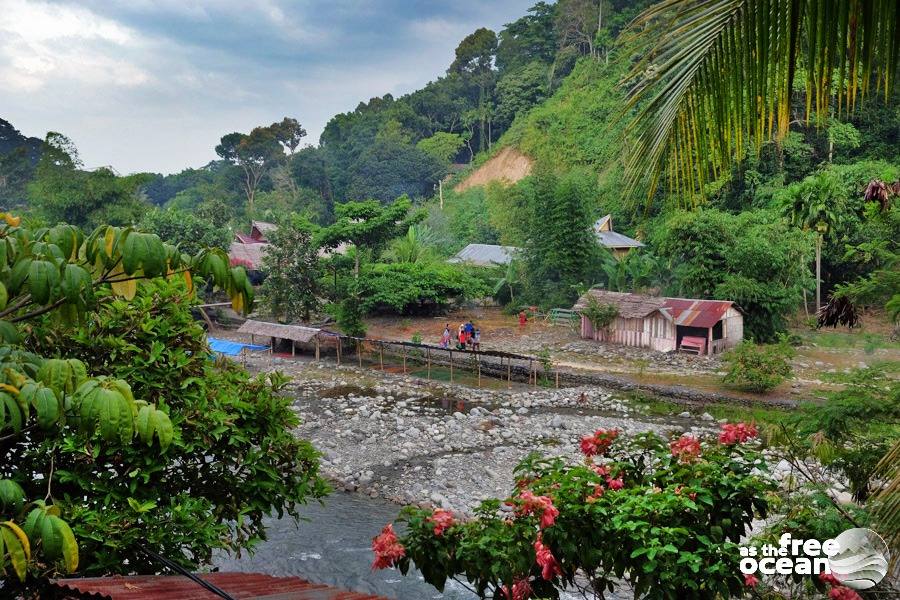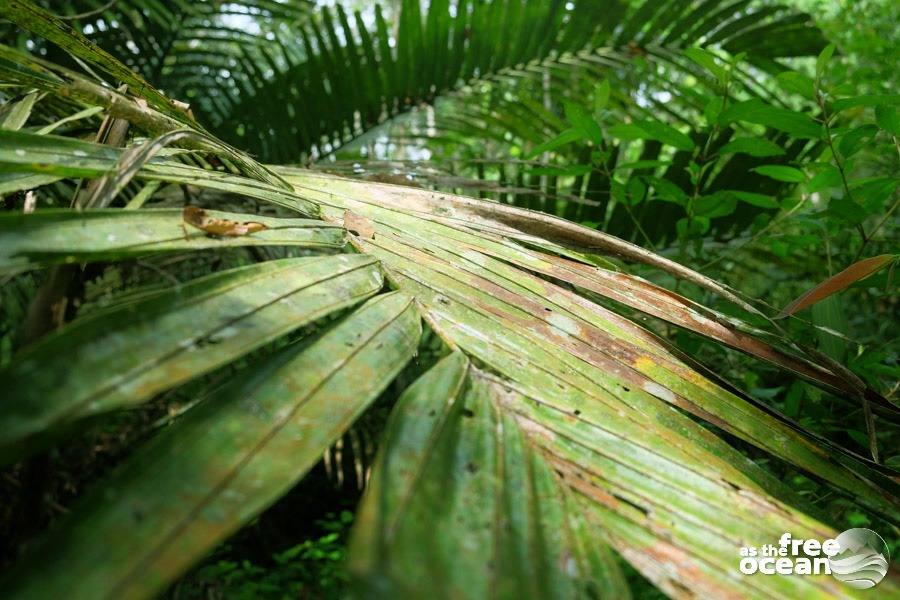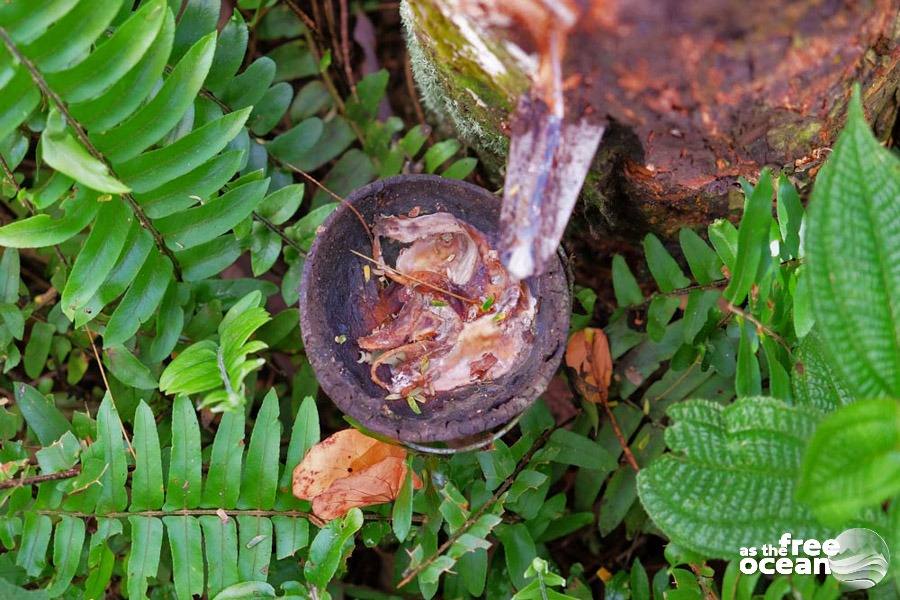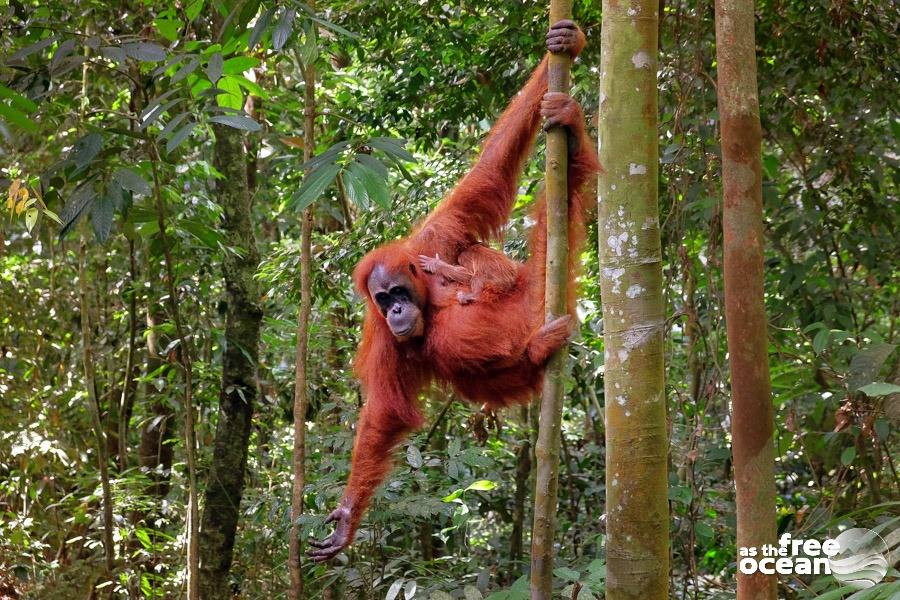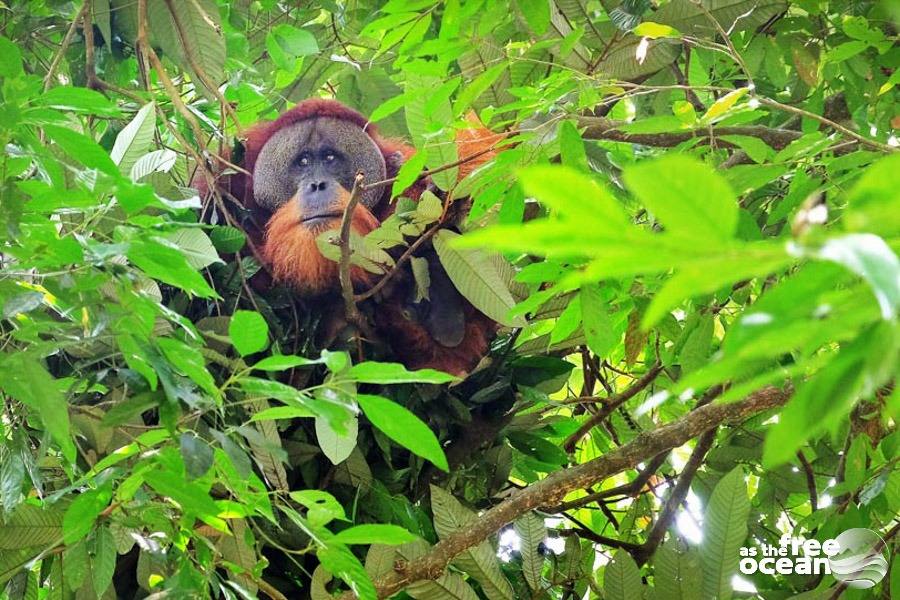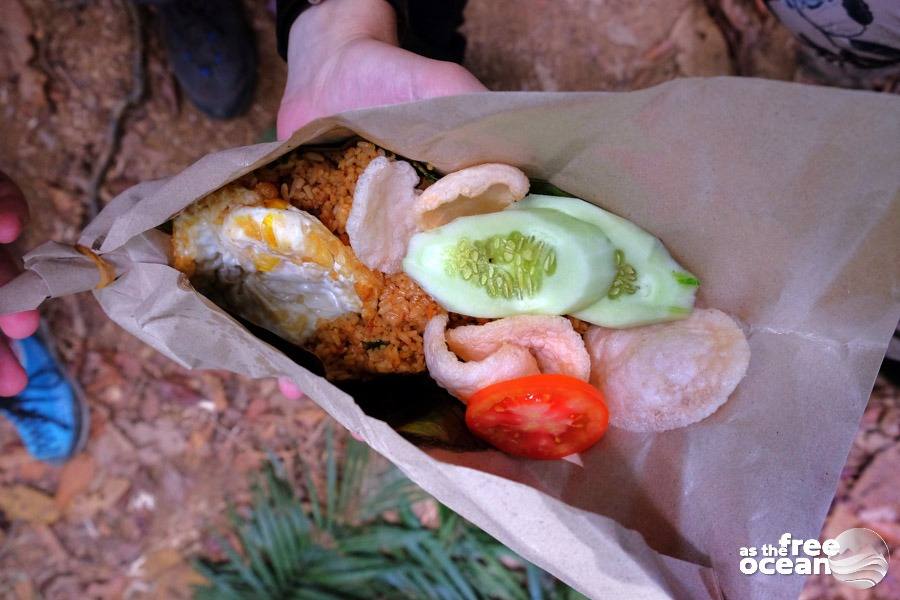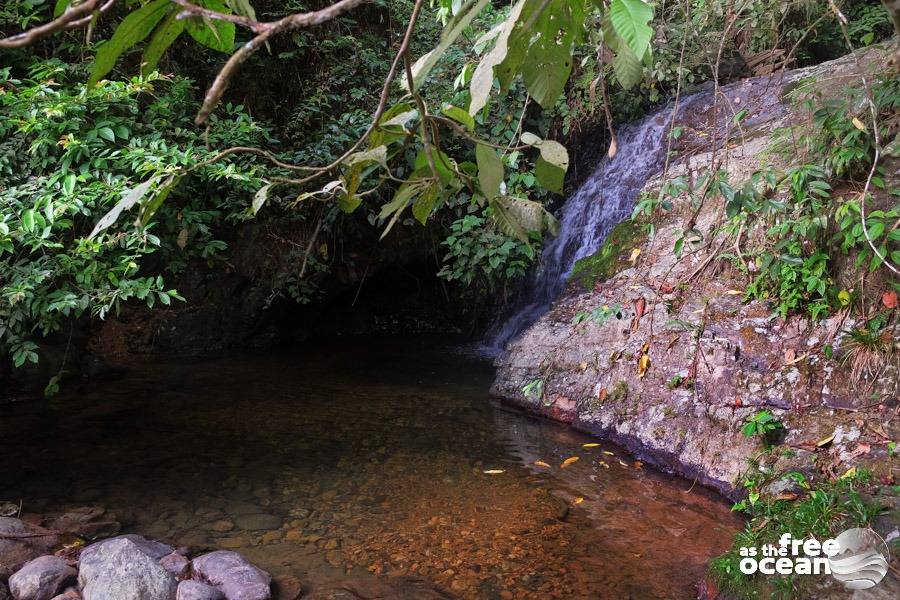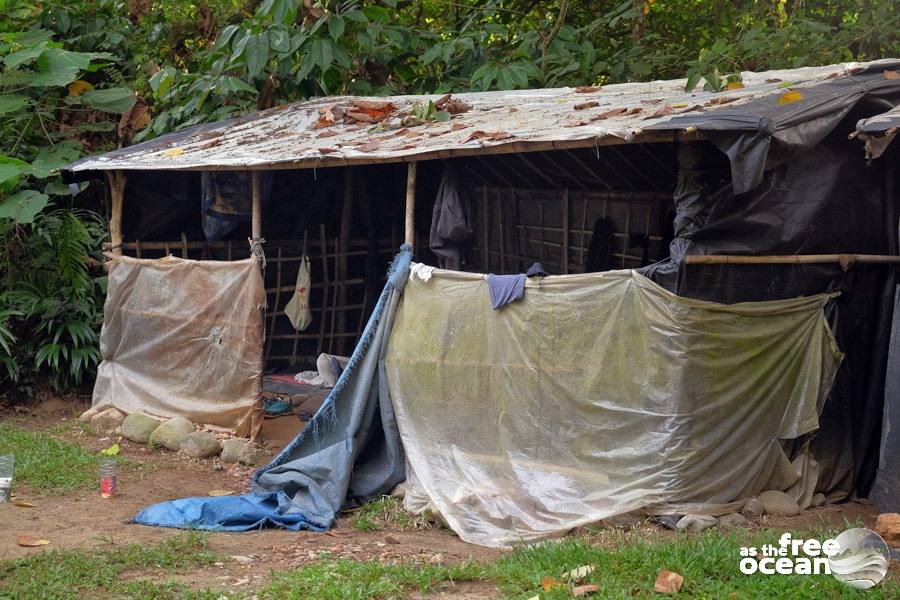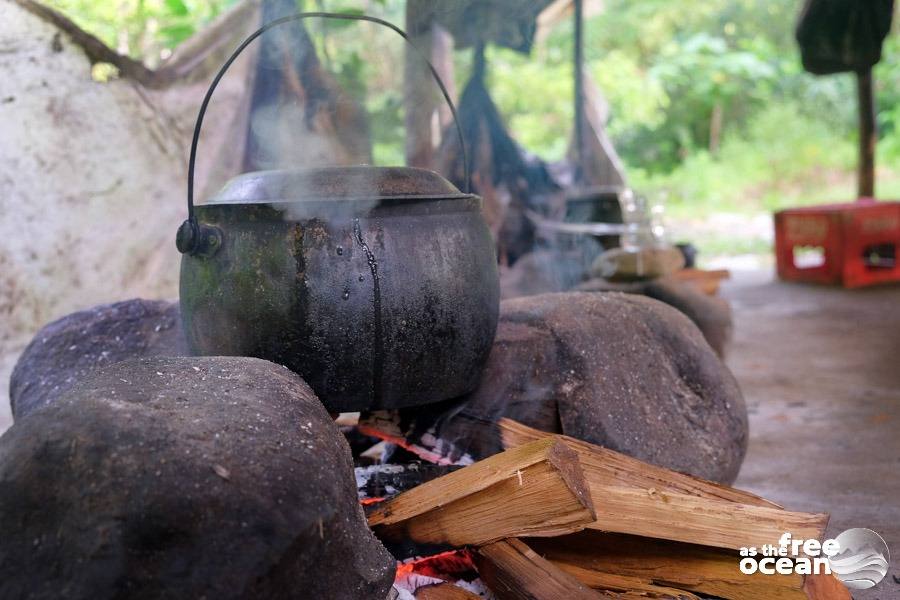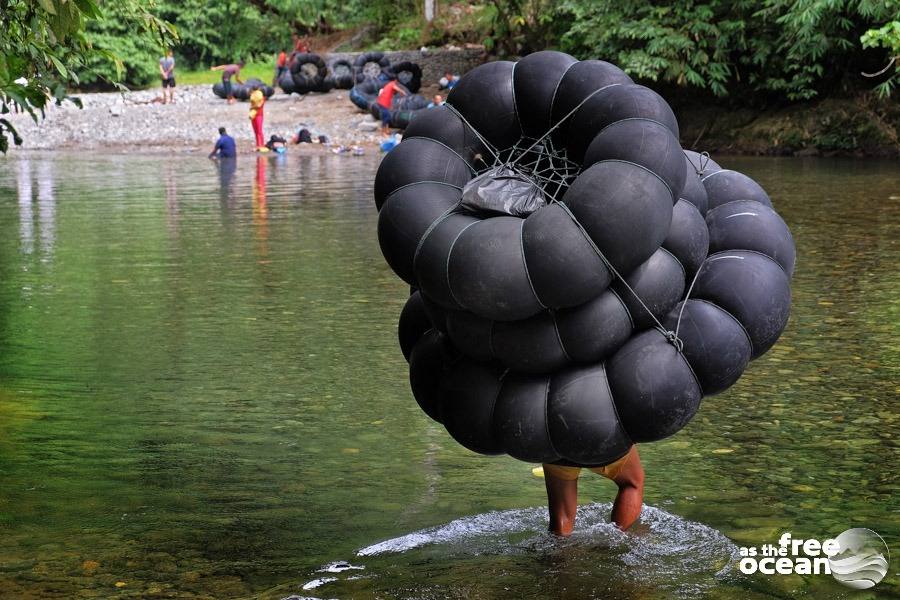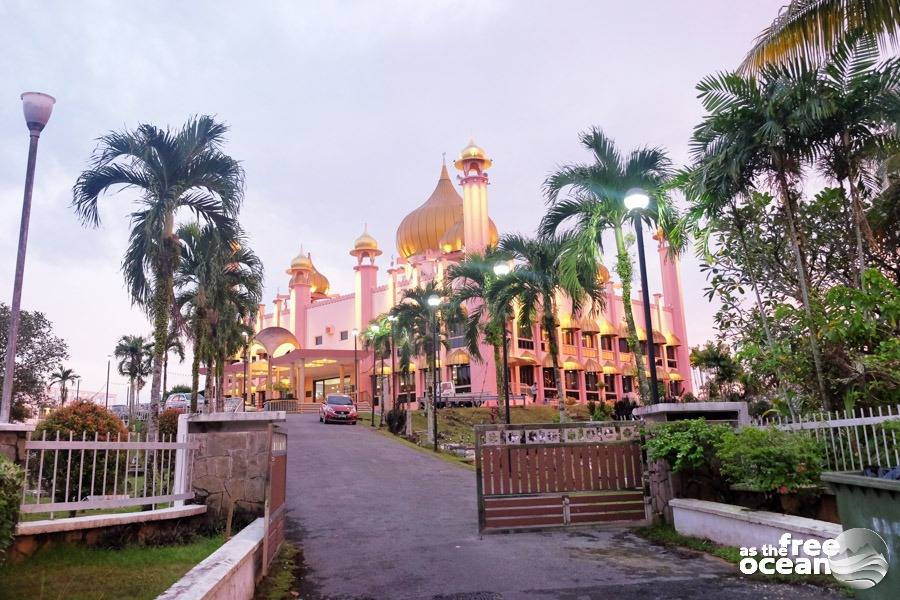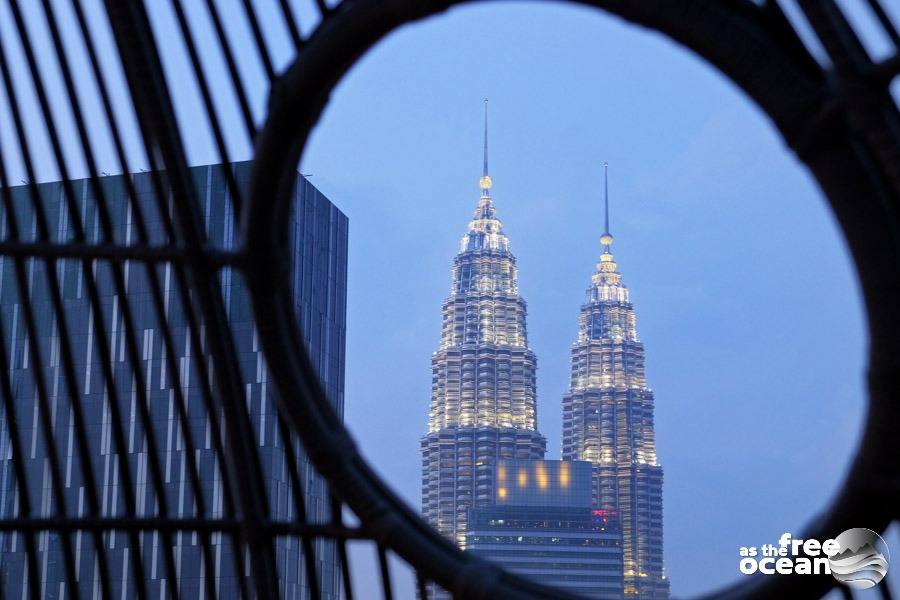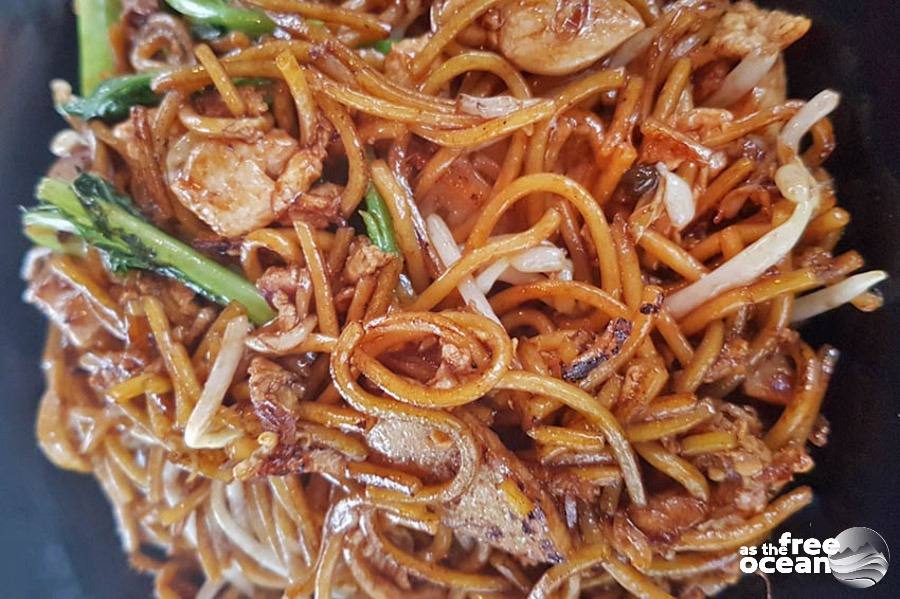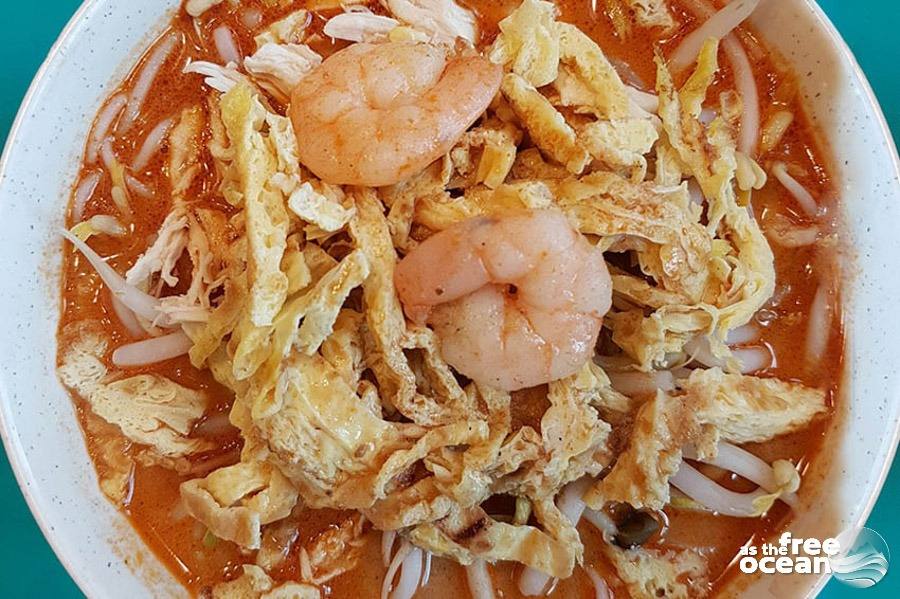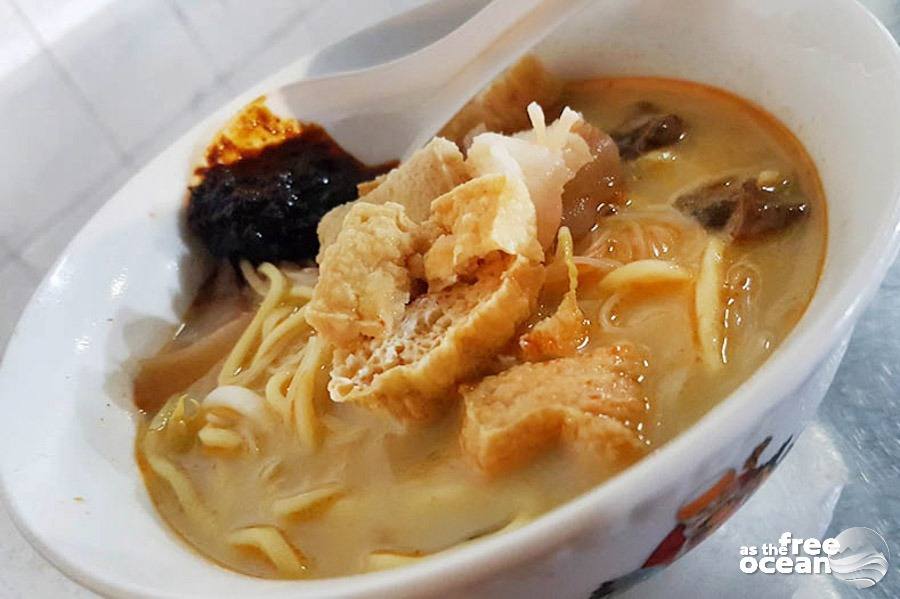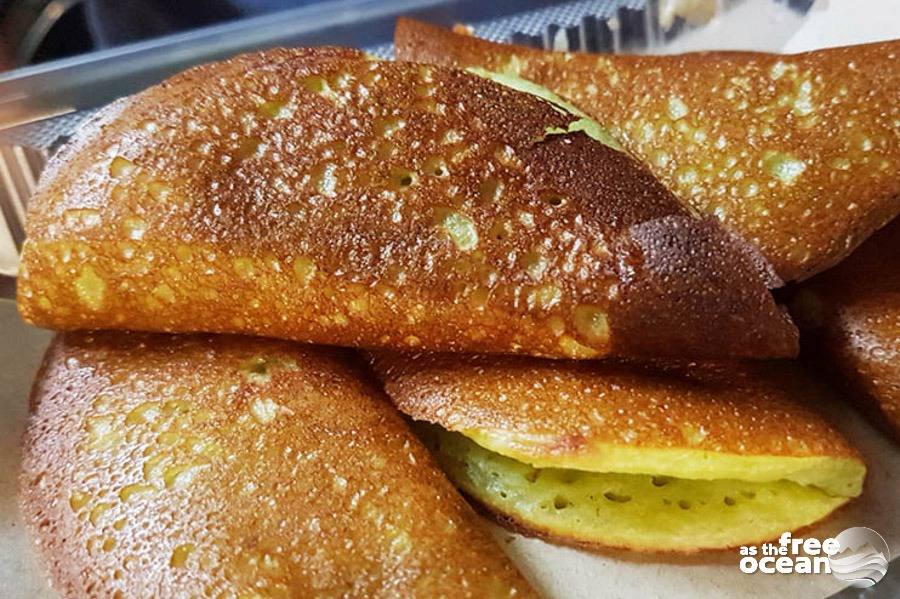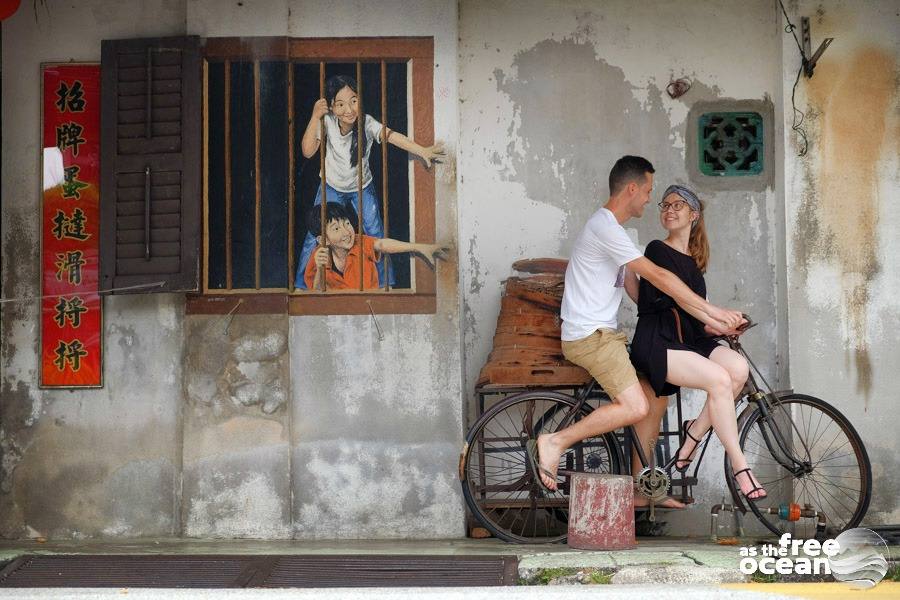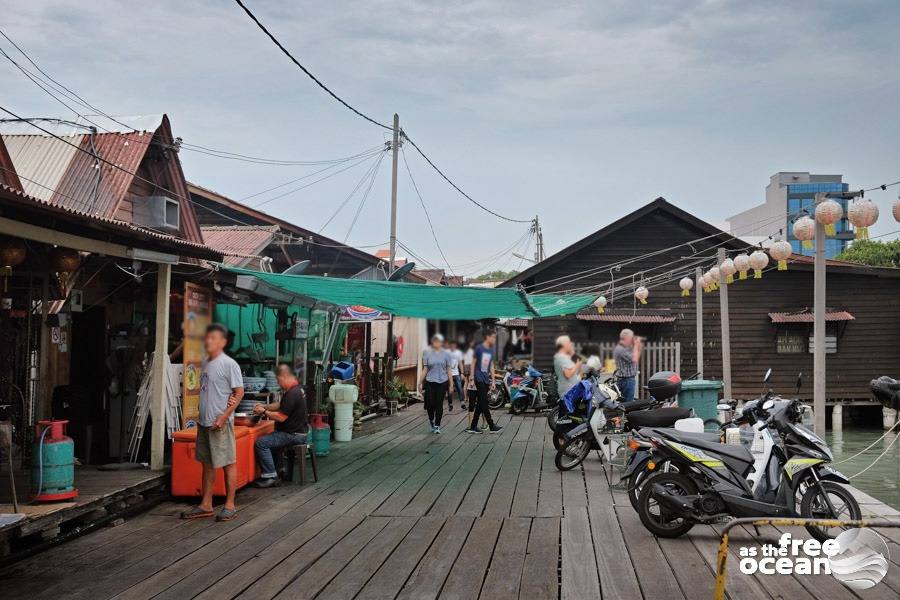Experiencing the sunrise over Mount Bromo has been indeed one of the highlights of our journey in Indonesia, but our trip in east Java would not end with it. A five hours train ride distance from Probbolingo is Mount Ijen, just another volcano of the many on the island, but offering a particular experience compared to the others. Its crater serves as a sulfur mine for the locals, but it got the attention of travelers from all around the world for a somehow magical phenomenon that happens here. When the toxic smoke rises up from the crater and gets in contact with the air, it resembles a fire of blue color. It is known as one of the only two places on earth where this phenomenon can be witnessed, so we decided to put it on our bucket list.
How to get there
For tourists that have a bit more money to spend, a private tour is an easy way to organize your visit. Many tour operators include Mount Bromo and Mount Ijen together in a single itinerary and, with Banyuwangi being a popular overland access gate from Java to Bali, many travelers coming from Jakarta or Yogyakarta consider stopping as well for a hike on Mount Ijen.
For others that decide to travel independently, the train is probably the most convenient way of transportation. We found tickets at a higher rate than expected. Due to local celebrations during the time when we were there, many seats have been booked in advance but we were still happy to find some last minute. For booking train tickets in Indonesia, we used either Traveloka or Ticket.com that both have convenient and easy to use mobile apps.
The Banjar Krajan village
The best stop on the route to Mount Ijen is Banyuwangi. Most travelers stop here because of the easy access from the train station to the city, but also because of the ease of finding local agents that can organize a trip to the volcano. We opted for accommodation in Banjar Krajan, one of the villages surrounding the mountain area, where we witnessed some of the most impressive landscapes of our trip. We stayed with a local family that organized the tour for us and offered us the chance to discover the neighborhood, during a walk through rice fields, coffee plantations and the beautiful vegetation that made the village feel like a perfect place to chill, to enjoy watching people’s lifestyle and to taste the local cuisine.
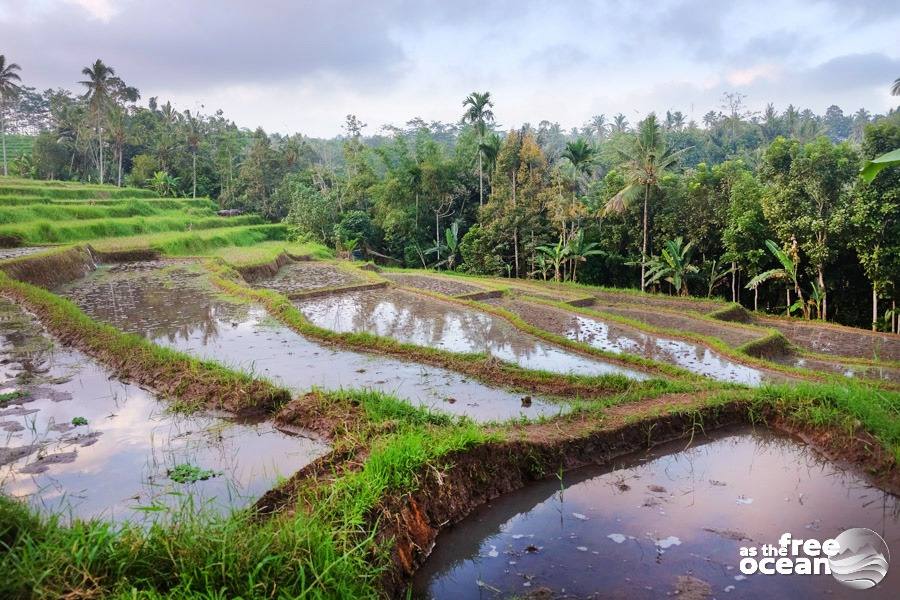
One particular thing that got our attention were the many giant spiders hanging around. While they can look quite scary, we’ve been assured that they live in perfect harmony with the people.
The Ijen Volcano
We left our accommodation in the middle of the night. It takes around one hour to reach the base of the volcano. Be aware that temperatures can drop drastically, so make sure you carry warm clothes with you. The access gates open at 1 am and tourists and miners start climbing towards the crater. There are many guides offering to lead the way for you and who will ask for a pricey reward in return. We declined their offers and hiked by ourselves as the path was clear and easy to follow. The moon happened to be very bright that night and lightened up the valley enough for us to be able to see and admire the surroundings.
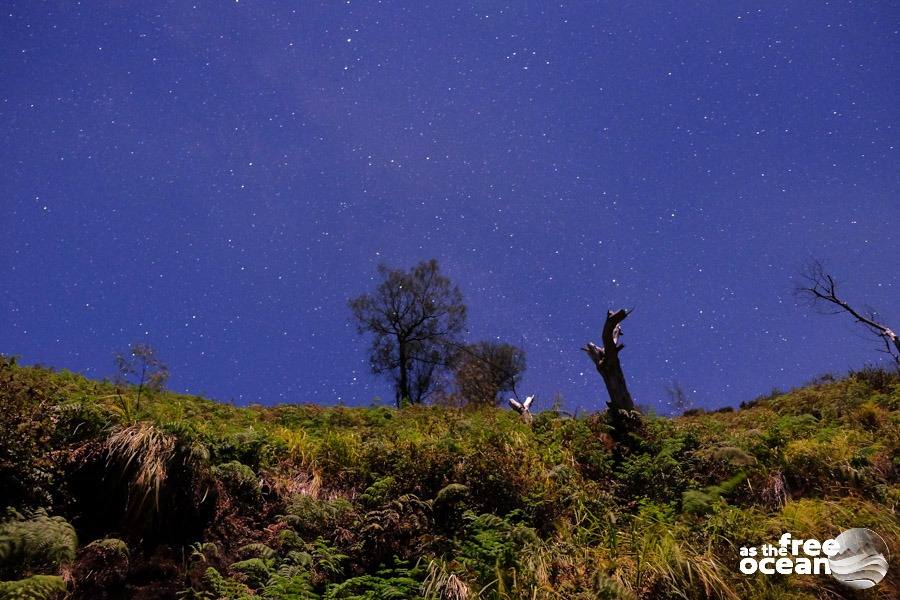
Torchlight can be a very useful tool to make sure you see where you walk. It is also advisable to wear good hiking shoes, especially if the air is humid. Climbing down the slippery rocks inside the crater of the volcano might be dangerous and signs at the top of the crater advise tourists not to descend to the sulfur mine. So, keep in mind that, in case of an accident, your travel insurance most likely won’t cover for it.
A must-have is a gas mask to protect you from the toxic smoke. Most tour operators will include the mask in the tour’s price, but make sure it is part of your gear.
Inside the crater
You will be told that climbing down into the crater is illegal if not accompanied by a guide, which, of course, demands a high price for his service. Still, most people choose to do it without. We were some of the first people to enter the crater, followed by another couple. At the base of it we found two miners filling their baskets with heavy stones of sulfurous, which they typically carry on their shoulders. It is impressive to watch those men carrying up to 70 kg of minerals to the top of the crater and after down the mountain. Many of them decided to give up the heavy work and earn an income by guiding tourists that come to visit the area.
The “blue flames” are an impressive spectacle to watch and when more and more people started to climb down, the crater turned into the scene of a real light show. But with more people came also more noise and suddenly the silence of the night felt less pleasant in the presence of people flashing their phones for a perfect selfie, so we decided to climb back up before it got too crowded.
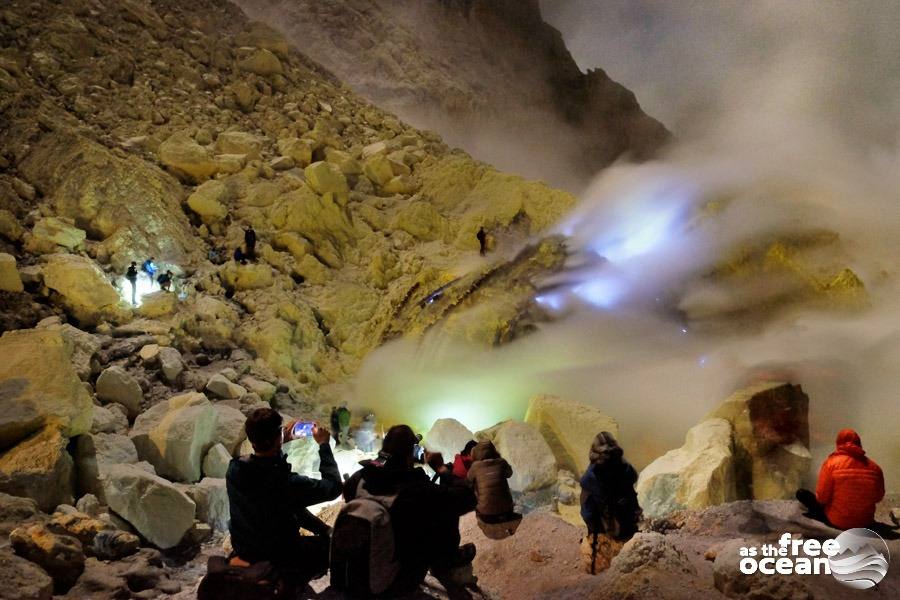
The blue flames were not the only beautiful thing to witness. As the light of the first morning hours started to lighten up the valley, the shapes of the nearby volcanoes uncovered and the green vegetation revealed a truly incredible landscape. Walking back to the base of the mountain proved to be a beautiful walk that made the whole Ijen experience one of the best we ever had.
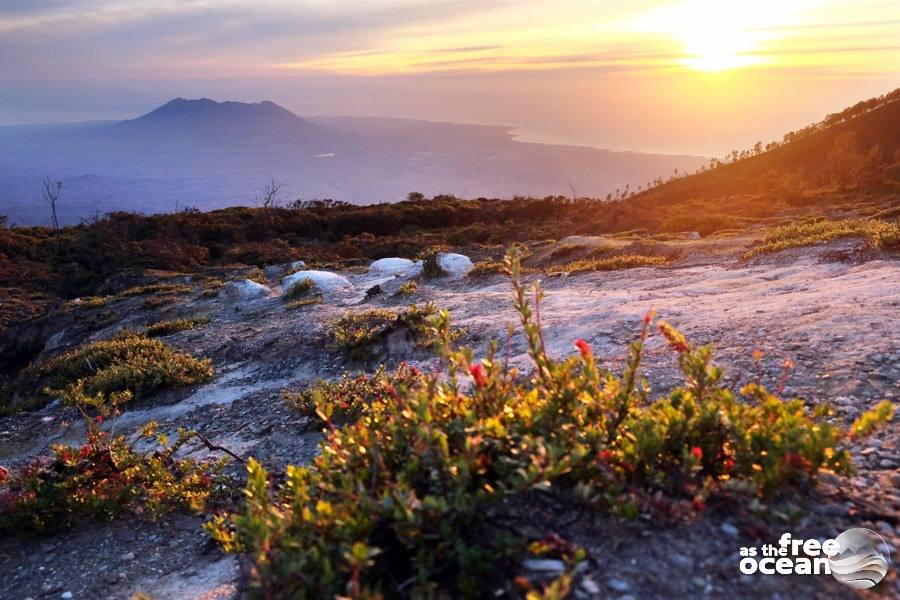
Our driver was waiting for us in the parking lot, where many bars and restaurants offer breakfast and a hot coffee that felt very rewarding after the cold hours on the mountain. On the way back we had a short stop at one of the waterfalls near the village, before arriving at the accommodation where we quickly fell into a deep and necessary sleep.
We reserved the last afternoon for exploring the village and cycling along the rice fields, with a stop next to the coffee plantation for a good afternoon meal and a refreshing coffee.
After discovering so many of the natural wonders of Indonesia, our trip continued towards more historical and cultural destinations, ending in the beautiful city Yogyakarta. Read more about it here.
For pictures from Mount Ijen click here.

